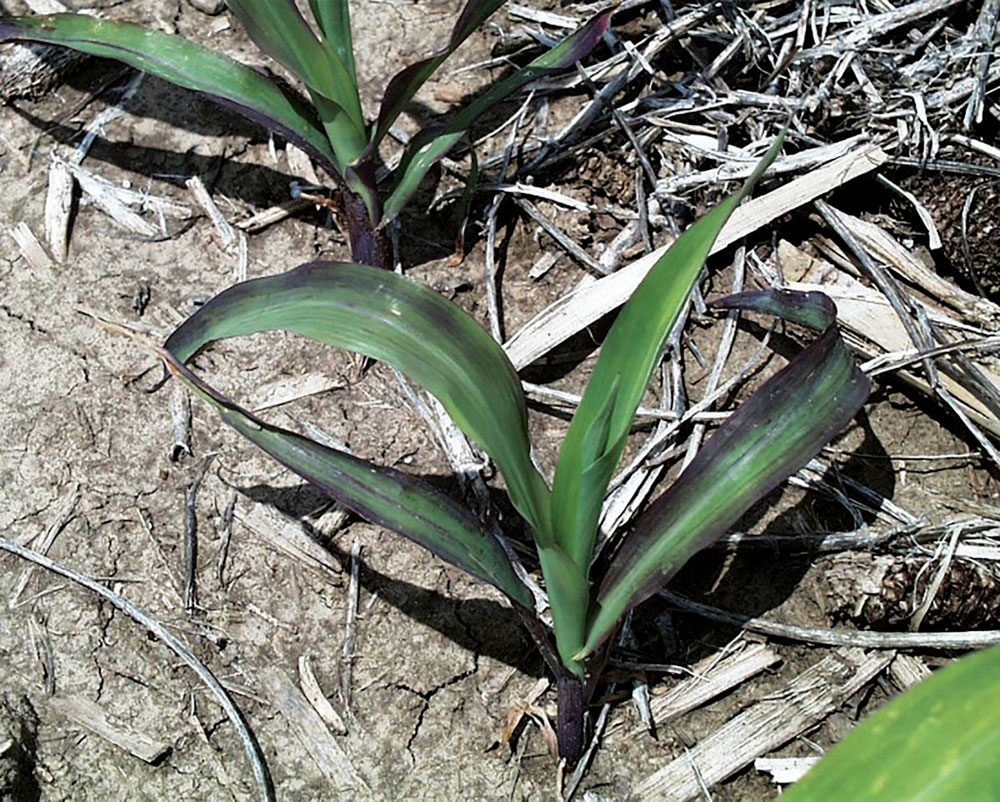No-Till Farmer
Get full access NOW to the most comprehensive, powerful and easy-to-use online resource for no-tillage practices. Just one good idea will pay for your subscription hundreds of times over.

IT’S BECOME widely understood that a single teaspoon of soil contains thousands of different species of microbes, and more than 1 billion individuals.
The soil microbiome — the community of organisms living below ground — is made up of bacteria, actinomycetes, fungi, algae, protozoa and nematodes — all of which have different roles to play, from turning organic matter into nutrients to inducing plant rooting to fighting other microbes.
According to Dave Stark, a molecular biologist and biochemist who serves as president of Holganix, there’s a growing understanding that soil microbes are the key to building healthy soils that hold water and nutrients, and allow air, oxygen and water to penetrate for optimal nutrient cycling.
“Healthy soil is built primarily through the interaction of roots and microbes,” Stark said in a recent webinar hosted on the No-Till Farmer website. “Organic matter left on the soil surface, such as plant residue, manure, biochar, etc., contributes to the accumulation of soil organic matter. But two-thirds happens below ground, coming from roots and microbes.”
While there’s overlapping functionality between the various organisms, the microbes aren’t evenly distributed everywhere, so plants have to work hard to attract the help they need.
“Put microbes on your worst ground first, because…